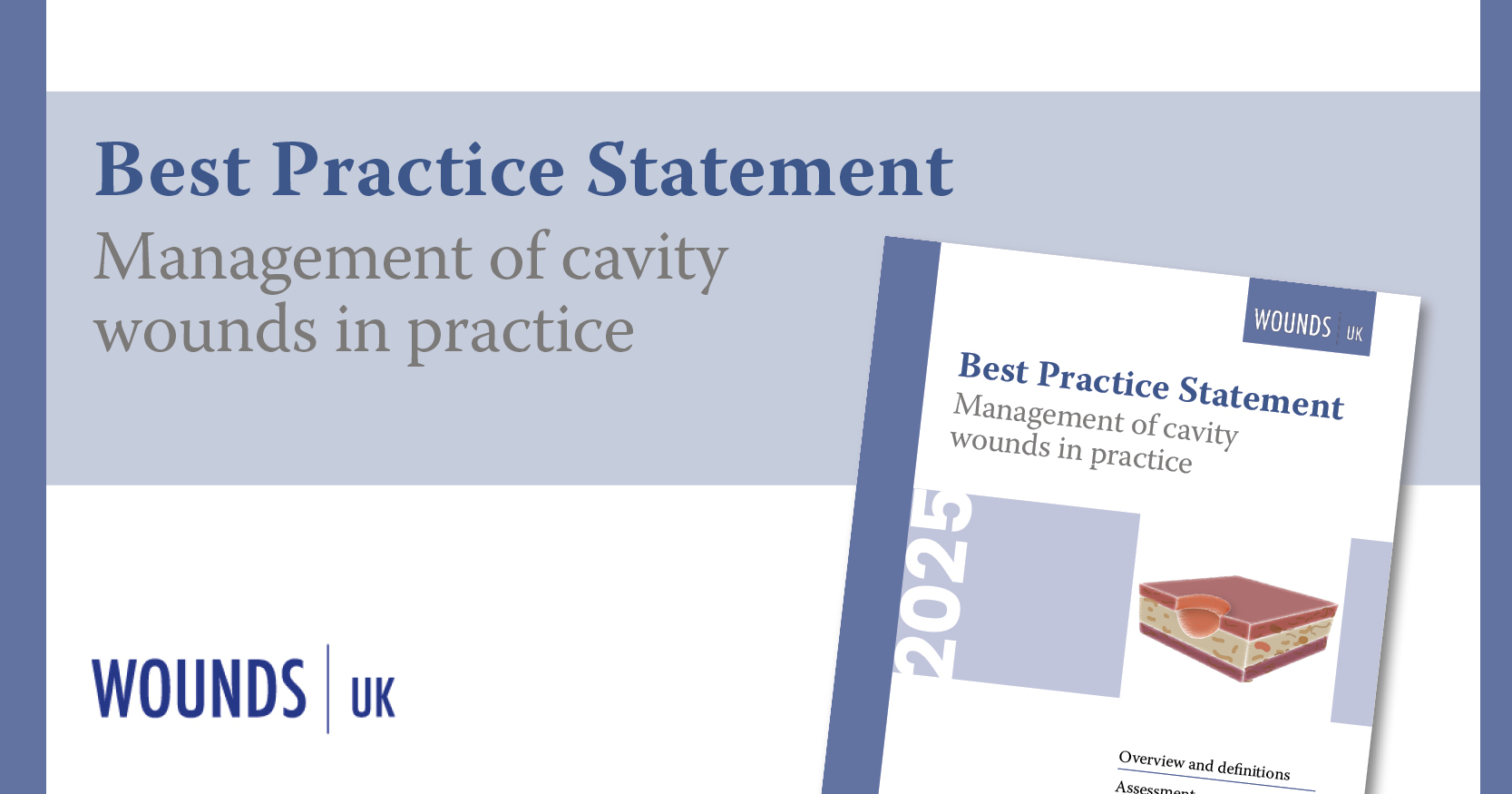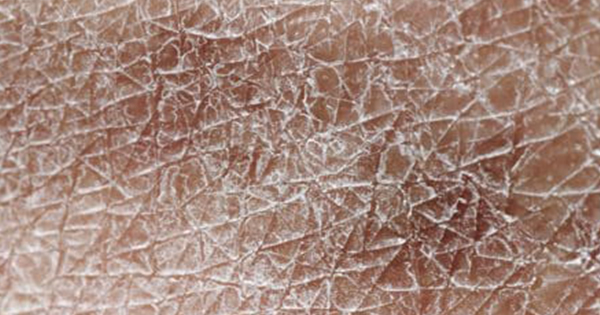The war being fought in Iraq (2003–2009) and Afghanistan (2006–present) is unconventional in that British forces are predominantly engaged in counterinsurgency tactics as part of an asymmetric war (Belmont et al, 2010). While US and coalition forces have numerous technological advantages over the enemy in terms of weapons, armour, transportation and a high level of organisation, they face unconventional weapons and tactics in accordance with a less organised opposition. As a result, the patterns of injury most often encountered in wounded soldiers reflect the enemy’s dependence on improvised explosive devices (IEDs), mines and rocket-propelled grenades (RPGs) (Gosselin, 2005).






